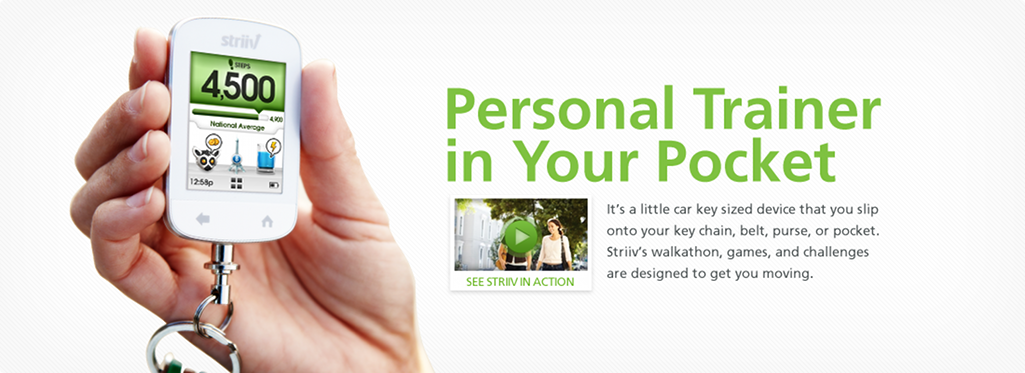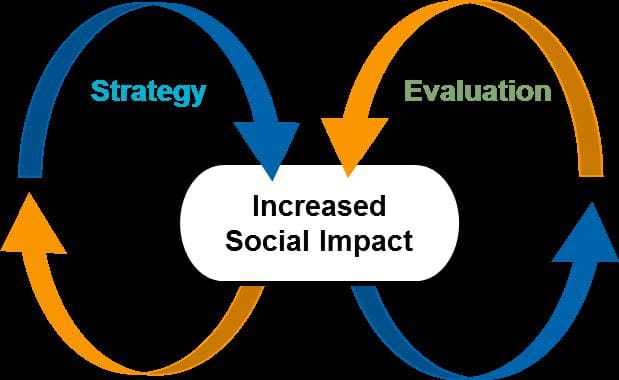Though I am an optimist by nature, I have long been concerned about the schisms that exist between strategy and evaluation, in most organizations, and how this constrains philanthropy’s ability to achieve social impact. Michael Q. Patton and Patti Patrizi suggest that “evaluators have been slow to focus on evaluating strategy because strategy is closely associated with planning, and as evaluators we don’t do planning, we do evaluation.” But, they emphasize that “there is a movement afoot that suggests that evaluating strategy is not about evaluating strategic planning, or even strategic plans. It’s about evaluating strategy itself.”
Julia Coffman and Tanya Beer have also been working hard to bring discussions about strategy and evaluation into the same room – by focusing on strategic learning. They write,
First and foremost, evaluation must be seen and positioned as a key support for strategy development and management; it should have a seat at the strategy table. Traditionally, evaluation is not viewed in this way. It is considered a separate component, usually entering after a strategy already has been developed or implemented. An emphasis on strategic learning fundamentally changes evaluation’s role and positioning.
Based on the increasing number of writings and conversations on this topic, there seems to be an emerging trend toward being more deliberate and thoughtful about the intersection of strategy and evaluation. This means that an organization’s strategy informs what gets evaluated, when, why, and how, and evaluation is designed and implemented to inform the development and refinement of strategy. Attending to the intersection of strategy and evaluation ultimately contributes to an organization’s ability to achieve greater social impact by making explicit the needs, assumptions, activities, resources, and desired outcomes of its efforts.
It may be helpful to consider the following questions that lie at this intersection.
A strategic planning process typically involves engaging key stakeholders in determining:
-
What should we do?
-
How should we do it?
-
When should we do it?
While strategy and evaluation both ask:
-
What’s going on?
-
What should we do next?
And, evaluation focuses on:
-
How will we know if we made the right choices?
-
How well are we making progress on implementing our strategy?
-
How will we know if our work has made a difference?
I recently experienced a personal example of the intersection between strategy and evaluation (or the lack thereof). For a while now, I have tried to integrate an exercise routine into my busy life. Answering the three strategy-related questions above, the answer to what should I do, was work out more. My approach for how to do it and when, has been to hit the gym on the weekends, and if I’m not too tired, one day during the week as well. While I did my best, I really wasn’t asking the hard evaluation questions, and I had no data telling me if I was spending enough time exercising, if I was working out hard enough, and most importantly, if I was experiencing any better health outcomes. Essentially, my strategy was disconnected from any form of evaluation.
Then I read about a new product called Striiv. It is a 2-inch touchscreen device that displays one’s steps, distance, calories, and stairs that is easy to use and can be carried anywhere on one’s body. The makers of Striiv write,
“We believe helping others is core to improving yourself. That’s why we’ve created a walkathon in every Striiv device that counts your steps and gives based on your movement. At no cost to you, Striiv and corporate partners donate on your behalf. Just walk, earn, and plug into your PC to donate. It’s that simple. You have the choice of 3 charities – providing clean water to families in South America, polio vaccines, and help save the rainforest. The more you walk the more you give.”

(Image snapshot from Striiv.com)
I immediately ordered one.
I am confident that this simple device will not only help me develop a better exercise strategy (and set of tactics), but it will provide continuous feedback (evaluation) on how well my strategy is working, while also helping me contribute to solving various social problems (albeit quite modestly). I will be testing out my new strategy and evaluation process in the coming weeks, anticipating that the data it provides will help me be more strategic in my exercise endeavors.
I hope that organizational leaders and program staff consider the ways in which they can integrate strategy development and refinement with meaningful evaluation practice. This intersection may just be the sweet spot so many of us are looking for when we seek to achieve social impact through philanthropic efforts.
Reference: Patton, M. Q., & Patrizi, P. A., 2010. Strategy as the focus for evaluation. In P. A. Patrizi & M. Q. Patton (Eds.), Evaluating strategy. New Directions for Evaluation, 128, 5–28.

